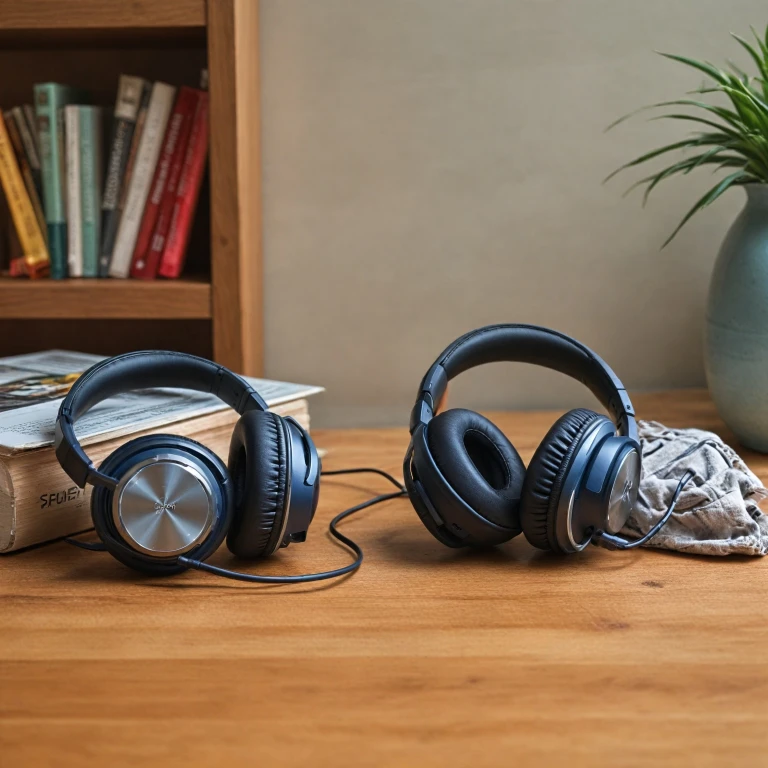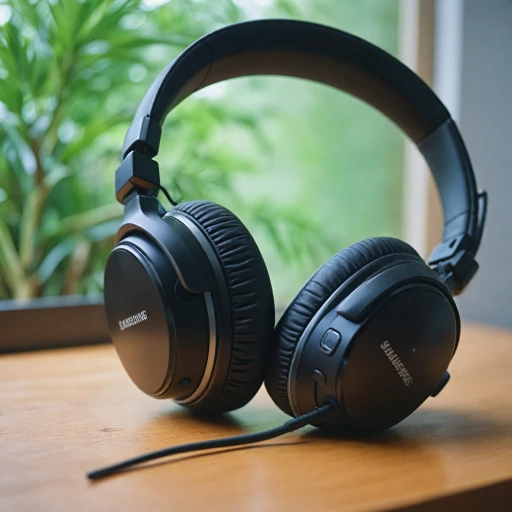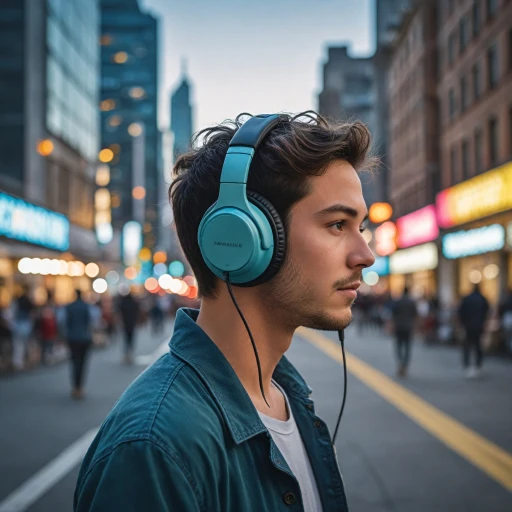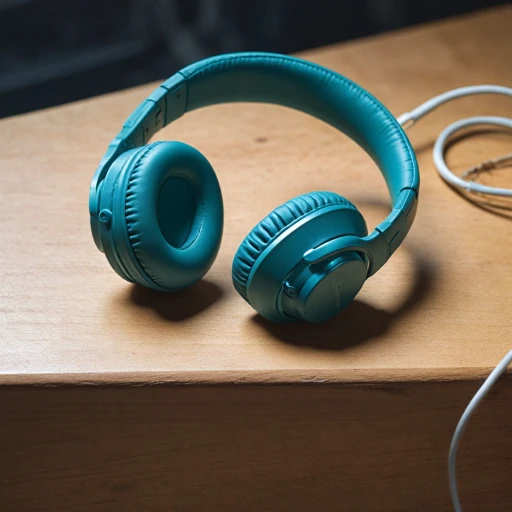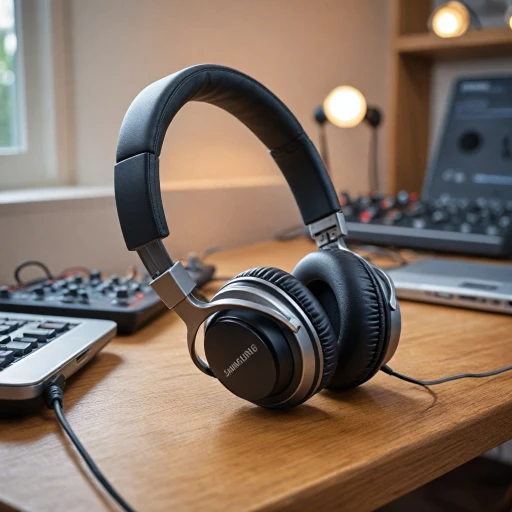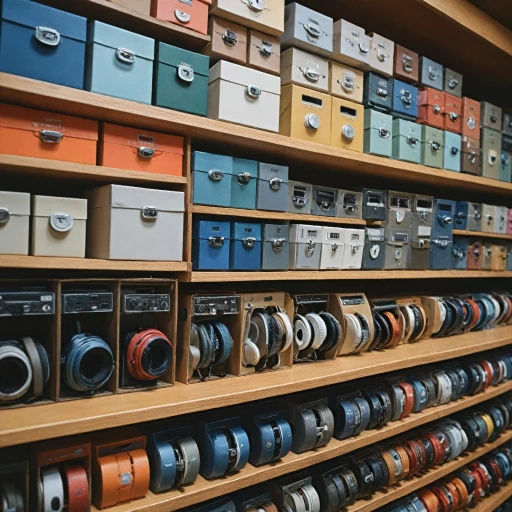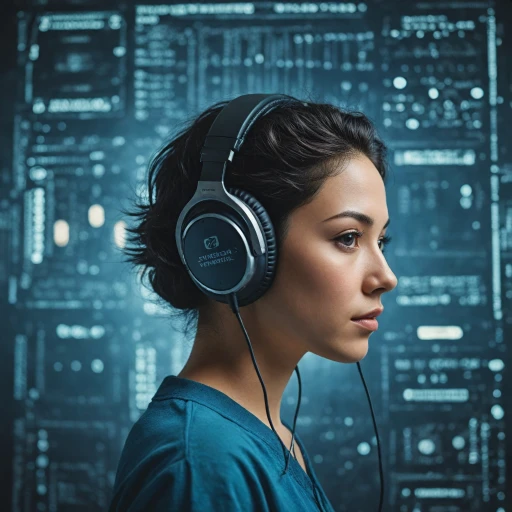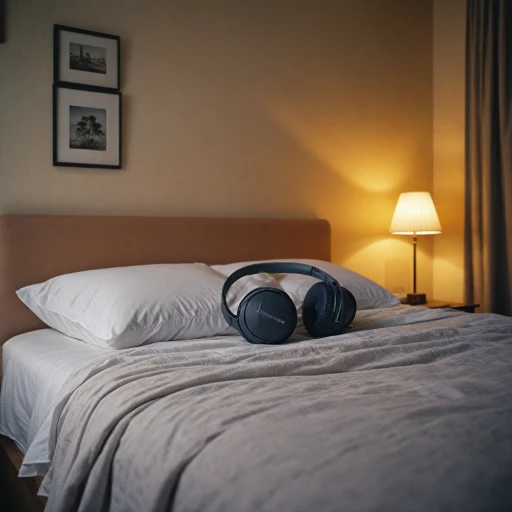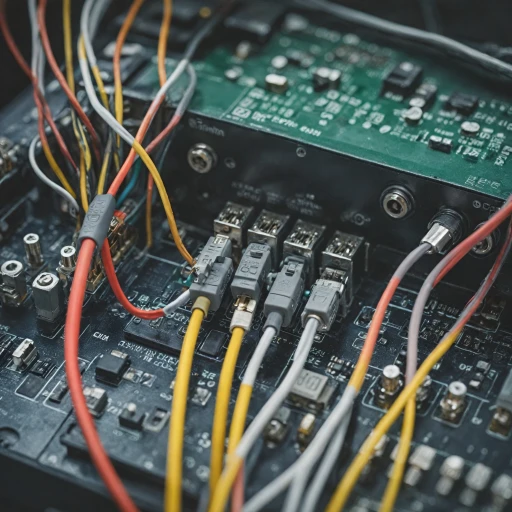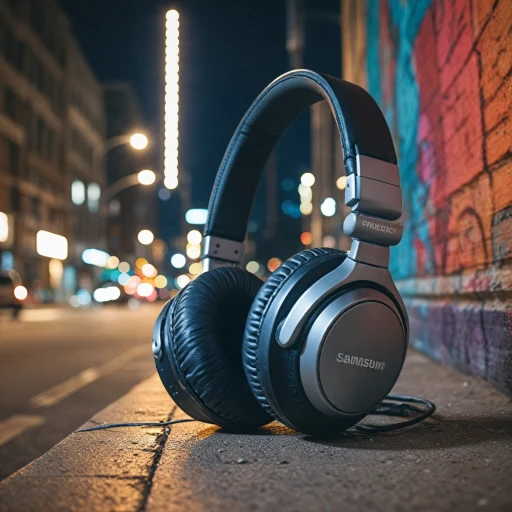
Understanding Noise-Canceling Technology
The Fundamentals of Noise-Canceling Headphones
As you embark on the journey to find the best headphones for your sound experience, understanding noise-canceling technology becomes crucial. Noise-canceling headphones work by utilizing active noise control, a method that involves the use of sound waves to minimize unwanted ambient sounds, enhancing the purity of your music or audio. Noise-canceling technology uses microphones mounted on or inside the headphones to pick up external noise. The headphones will then emit sound waves that are phase-inverted, effectively canceling out the noise through destructive interference. This process is pivotal in providing a clearer audio experience, which is particularly beneficial in environments with constant background noise, such as airplanes or crowded public spaces.Types of Noise-Canceling Headphones
When selecting your pair of headphones, consider the different styles available that offer noise-canceling features:- Over-ear headphones: These often provide the best noise isolation due to their ability to cover the entire ear, effectively sealing off outside noise.
- In-ear headphones or wireless earbuds: These fit directly into the ear canal, offering a more compact option while still maintaining a certain level of noise cancellation.
- On-ear headphones: While offering some noise cancellation, they might not isolate sound as effectively as over-ear models.
- Bone conduction headphones: These are less traditional and sit on the cheekbones, transmitting sound via vibrations, which might not provide effective noise cancellation.
The Importance of Frequency Range
A crucial component in assessing headphones is the frequency response range. A wider frequency range allows for better representation of both bass and treble, enhancing the overall audio quality. For high fidelity music, the ideal frequency response is typically between 20 Hz and 20 kHz, which covers the full spectrum of human hearing. High-quality drivers within the headphones will ensure responsive bass and clear highs, contributing to an immersive listening experience. In conclusion, noise-canceling headphones significantly impact your audio enjoyment. By understanding this technology, you can better align your choice with your listening preferences and environments, ensuring optimal sound quality.Assessing Sound Quality
Evaluating the Essence of Sound
When deciding on a pair of headphones, sound quality should not be overlooked. The best headphones are those that provide a harmonious blend of clarity, depth, and precision across the entire audio frequency range. To gauge this, it is essential to understand a few key concepts and technical specifications related to sound performance.
- Frequency Response: This term describes the range of audio frequencies that headphones can reproduce. A broader frequency response allows for richer bass and crisper treble, enhancing the overall listening experience. High fidelity headphones offer a more detailed and accurate audio portrayal across all frequencies.
- Drivers: The driver is a crucial component that converts electrical signals into sound. Larger headphone drivers generally produce more powerful sound and deeper bass, but variations such as open headphones and closed headphones have their own acoustic characteristics that can affect audio quality.
- Bass Response: For those who enjoy the thumping beats of bass-heavy music, bass response is a critical consideration. While some headphones emphasize bass more, it’s important to find a pair that maintains balance without overwhelming the midrange or treble.
Sound quality is not solely about technical specifications—comfort and fit, which we will cover later, also impact the audio experience by ensuring optimal ear canal positioning and minimizing leakage. Select a pair of headphones that suit your auditory preferences while complementing your desired level of noise cancellation for the best listening experience.
Comfort and Fit Considerations
Comfort and Design Features to Look For
When searching for the best headphones that meet your listening and noise cancellation needs, comfort and fit are crucial elements to consider. After all, the design is not just about aesthetics; it directly impacts your audio experience and the ability to enjoy your favorite music for extended periods.
Your choice between open headphones, closed headphones, and even innovative conduction headphones may depend on the level of comfort you desire along with the frequency response and isolation each type offers. Closed-back headphones tend to provide a better seal around the ear, reducing outside noise, which enhances bass response and offers a more immersive listening experience.
- Ear Cushions: Soft and breathable ear cushions are important for reducing ear fatigue, an essential factor to maintain high fidelity sound quality over time. Memory foam or gel-infused pads can be particularly beneficial.
- Adjustable Headband: Ensure the headphone has an adjustable band to fit different head shapes comfortably. Even pressure distribution helps keep the ear headphones in place and enhances the overall experience.
- Weight: Lightweight headphones reduce strain during prolonged use, making them ideal for long travel or work-from-home sessions without compromising audio quality.
Furthermore, if you prefer wireless headphones, consider models that offer a secure fit while maintaining seamless connectivity and optimal frequency range. For those prioritizing discreetness and agility, wireless earbuds might be the most suitable option, offering convenience without sacrificing sound quality.
Seek out reliable resources and reviews when evaluating how a certain pair of headphones fits your comfort preferences. For further insights into how particular designs like Dubslabs Bedphones enhance noise cancellation in a comfortable format, you can explore more here.
Battery Life and Connectivity
A Balancing Act: Comfort and Fit
When choosing headphones for an optimal sound experience, comfort and fit are essential considerations. Imagine wearing a pair of headphones that offer unparalleled sound quality, but become uncomfortable after a short period of use. This would quickly diminish your listening experience, no matter how high the audio quality is. It's important to consider several factors to ensure that the headphones you choose will not only fit well but also provide comfort over extended listening sessions:- Ear Design: Whether you're considering over-ear headphones, on-ear headphones, or in-ear earbuds, each type impacts how the headphones sit on or in your ears. Over-ear headphones generally provide a more immersive sound experience by covering the entire ear, while in-ear models can be more portable and less obtrusive.
- Padding and Materials: The best headphones offer high-quality materials like memory foam padding, which can significantly enhance comfort. Look for adjustable headbands and ear cups that softly hug the ear canal without putting too much pressure.
- Weight: Opt for headphones that are lightweight to reduce the strain on your head and neck, especially if you intend to use them for long periods. Heavy headphones, while possibly providing better bass response due to larger drivers, can be cumbersome over time.
- Secure Fit: For active listeners, such as those who exercise or move around while listening to music, a secure fit is crucial. Wireless earbuds or conduction headphones with ear hooks can offer stability, ensuring the audio remains uninterrupted by constant adjustments.
Price vs. Performance
Finding the Balance: Cost vs. Features
When venturing into the world of noise-canceling headphones, balancing price and performance is paramount. With countless models available, it's crucial to determine what features are a must for you, whether active noise cancellation, sound quality, or wireless capabilities.
You'll find that headphones come with a range of features, each affecting the overall price. Here are some considerations to keep in mind:
- Noise Cancellation: Premium headphones often boast advanced active noise cancellation, subtly muting ambient sound waves for an immersive listening experience.
- Sound Quality: Ensure that the headphone drivers provide a wide frequency range and clear bass response, enhancing your overall audio experience.
- Wireless vs. Wired: While wireless headphones offer convenience, wired ones may sometimes provide better audio fidelity and eliminate concerns over battery life.
- Connectivity Options: The ability to connect via Bluetooth to multiple devices can enhance listening flexibility.
Investing in high-quality headphones doesn't always mean choosing the most expensive pair. It’s vital to assess how these features align with your listening habits, whether high fidelity audio for music enthusiasts or adequate noise cancellation for frequent travelers.
Look for reviews to ensure the headphones live up to their promises and compare different brands to gauge long-term reliability. This approach will help you uncover the best headphones that deliver optimal sound without breaking the bank, giving you more confidence in your purchase decision.
Brand Reputation and Reviews
Evaluating Brand Trust and Customer Feedback
When considering your purchase of noise canceling headphones, understanding the brand's reputation is crucial. A trusted brand often guarantees reliability and quality in its products, ensuring a high standard of sound and audio technology.- Brand Reputation: Established headphone brands with a history of producing high-quality audio devices are generally a safer bet. Such brands often have a wealth of experience in developing state-of-the-art noise cancellation features and sound drivers, leading to an enhanced listening experience.
- Reviews and Ratings: Customer reviews are invaluable in assessing a brand's reputation. Reading reviews can provide insights into the real-world bass response and frequency range capabilities of the headphones. You'll get an idea of how effectively they handle noise cancellation in various environments.
- Industry Recognition: Awards or industry recognition can also be indicative of a brand's quality. Brands awarded for their innovations or high fidelity sound can usually be trusted to deliver superior headphones. Such recognition often reflects their dedication to excellence in frequency response and active noise cancellation technology.
